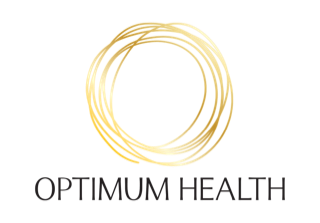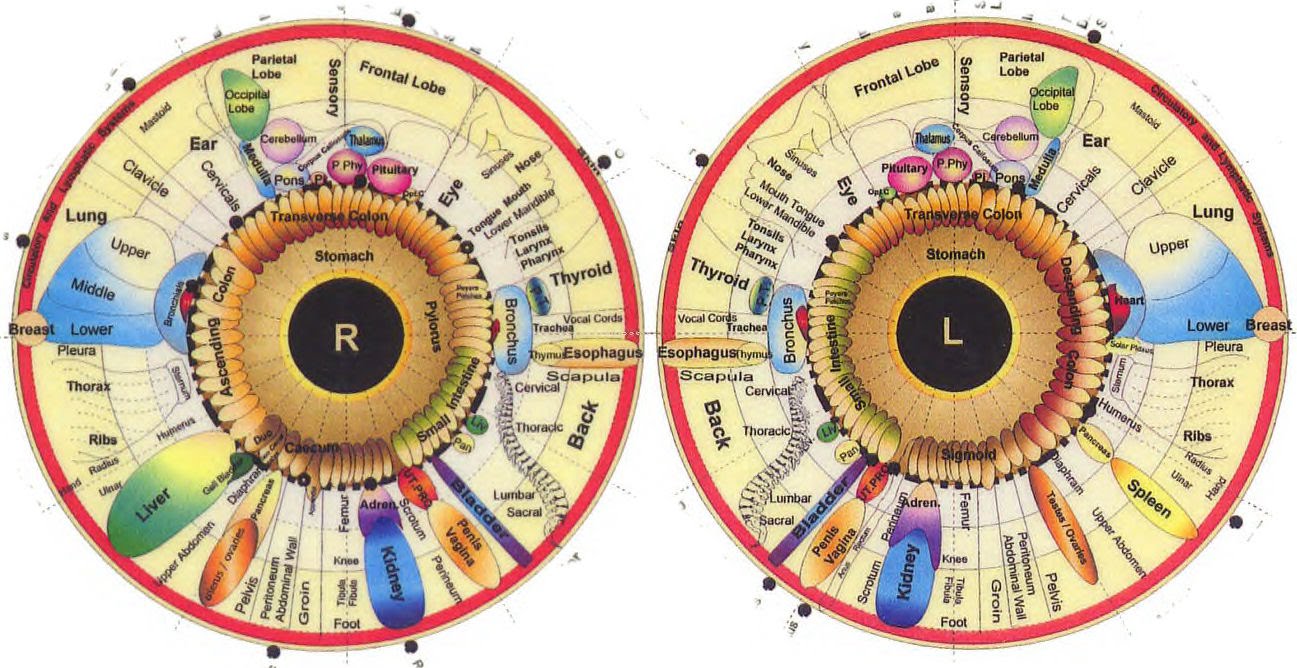Iridology – definitely worth a look
Having used iridology in clinic as well as teaching over the last 30 years I have looked into many eyes. Although it is not considered a diagnostic tool, from my experience it does bring awareness to any possible weakness in the body physically and mentally.
When I think back of the many eye’s I have looked at over the years there is one in particular case that comes to mind. After taking a photo of a client’s eyes and seeing a brown discolouration over her breast area I suggested she was a bit over due for her breast screening. She rang me one week later to thank me for the reminder as she did have a problem, but it was caught early. It reinforced to me that iridology is a very useful tool.
What is Iridology;
The iris of the eye is an extension of the brain mirroring many nerve endings that connect to every organ and tissue in the body by way of the nervous system. Iridology maps those regions of the iris to the tissues and organs of the body. By looking at the different colours, nerve rings and discolouration this can help with a treatment plan.
10 Benefits to Iridology:
- Iridology can be a way of detecting signs of developing illness or disease at the earliest stage before clinical indicators or physical symptoms develop. Because the different markings and colours of the iris in the unique zones of the eye correspond to the organs in the body, they can indicate potential health issues.
- Clients may gain an early advantage in the prevention and treatment of illness, before a small health problem becomes worse.
- Iridology can allow you to take action early and make lifestyle changes to ensure you stay healthy.
- An examination can help you determine many health markers including your constitutional strengths and weaknesses, nutritional deficiencies, areas of injury, inflammation or degeneration, accumulation of toxins, emotional issues, as well as identifying key risk factors in your body.
- The unique colour, markings, and structures of your irises can reveal valuable information about your physical, mental, and emotional state of health.
- Consultation is simple, painless, and non-invasive as the practitioner uses a camera to take a picture of the iris.
- Iridology can be a glimpse into the condition of external processes that are otherwise difficult to gauge – i.e. degeneration, congestion, toxicity, and acidity levels.
- The iris is a window to the brain; with thousands of nerve endings, microscopic blood vessels, muscle and connective tissue, they reflect the inner workings of the body. Every organ is connected to the iris via the nervous system. Therefore, iridology can be viewed as the starting point of preventative health care.
- Iridology offers a holistic approach to assessing your health.
- Combined with other natural treatments, Iridology can improve your vibrancy and energy levels
The History of Iridology
In the 17th, 18th and 19th centuries, writings and works on Iris markings and their meanings were recorded, mainly by medical practitioners.
One of the earliest was Dr Ignatz von Peczely, a Hungarian Doctor. While still a child he accidentally broke the leg of an owl. He noticed a black mark appearing in the owl’s eye, which over time changed in form and shading.
Ignatz von Peczely qualified in medicine at the Vienna Medical College in 1867. He had ample opportunity to study the irides of patients before and after surgery, systematically recording, correlating and publishing his research in the book ‘Discoveries in the Realms of Nature and Art of Healing’. His ‘Iris Chart’ was established in 1880.
In the 1860’s, a young Swedish boy, Nils Liljequist became ill as the consequence of a vaccination, followed by doses of quinine and iodine. He noticed the changes in colour of his formerly blue eyes, as the drug spots appeared.
In 1870, he published a paper describing his experiences, ‘Quinine and Iodine change the Colour of the Iris’, and in 1893 published ‘Om Oegendiagnosen’, which included his ‘Iris Chart’.
We should not be surprised that Liljequist and von Peczely’s ‘Iris Charts’ were very similar.
Much of the American medical research originated with the work of Dr Henry Edward Lane and his student, Dr Henry Lindlahr. Dr Lane carried out most of his surgical and autopsy correlations with Iride markings at the Kosmos Sanitarian in Evanston, Illinois. His book ‘Iridology – The Diagnosis from the Eye’ was published in 1904, in which he states ‘…thousands were examined before just one marking could be considered corroborated.’
Dr J Haskel Kritzer recorded his lifetime of research into Iris diagnosis in his book ‘Iridiagnosis’, soon to be republished by the ‘Holistic Health College’. His work spurred on Bernard Jensen, a student of Dr Lindlahr, into further research and the development of an updated ‘Iris Chart’ with Dr John R Arnold, founder of the ‘World Iridology Fellowship’. Dr Arnold was the main instigator in changing the term ‘iridiagnosis’ to ‘iris analysis’, which more accurately reflects that it is a means of analysing ‘conditions within’ rather than specific diseases.
Ref: The History of Iridology information quoted from The Naturopathic Guild of Iridology


Leave A Comment